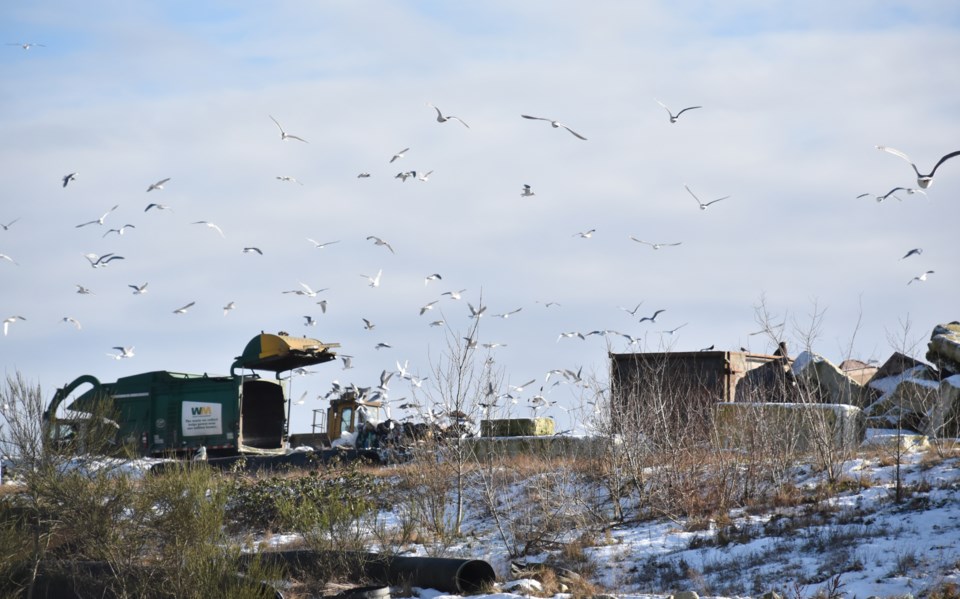If your spring clean activities involve getting rid of unwanted dock materials, an option to do this for free is coming to Sechelt landfill.
Collection of dock foam, foam-filled tires, fishing nets and buoys for recycling rather than disposal is on tap for that site in the coming months.
A pilot project approved at a Sunshine Coast Regional District (SCRD) board meeting on March 9 will see those materials accepted at the landfill and hauled to partner Ocean Legacy Foundation’s (OLF) processing facility in Richmond. The foundation has similar programs operating in qathet Regional District, Port McNeil, Cumberland and Ucluelet.
OLF will pay for signage, educational materials, a 40-yard lidded roll-off bin and sorting containers at the local landfill, a staff report noted. A grant from the Department of Fisheries and Oceans is funding the initiative. These are to be installed by the end of March. SCRD site staff will manage the local program. The program start date and full details are to be announced. Local uptake is to be reviewed later this year to see if the pilot should become part of continued operations.
“Without infrastructure to divert these materials, literally tonnes of reusable and recyclable marine plastic resources are buried in landfills every year," says OLF's website. "These depots also provide a much-needed service for aquaculture, fishing, and marine industries to participate in responsible stewardship practices for their legacy equipment. Collating these materials at depots allows us to ship fewer, larger loads, saving on fuel and reducing greenhouse gas emissions.”
Local costs and benefits
SCRD staff recommended there be no charge to parties dropping off material at the local landfill, to encourage program participation. Also recommended was a $10,000 budget cap for hauling materials off-Coast two to four times during the pilot project, funded from landfill revenues.
Based on 2022 data, staff pointed out that dock foam accepted at the local site took up 555 cubic meters of landfill air space. The material was accepted at a rate of $150 per tonne and generated $4,410 in revenue, whereas municipal solid waste land filled in that amount of air space would have brought in $50,743. It was estimated that keeping the foam product alone out of the landfill would leave space available at the site to accept garbage volumes equivalent to eight days of regular operations.
That space is valuable as the landfill is estimated to be approaching capacity as early as 2025. The board is slated to consider future solid waste disposal options, which will require time to develop, later this year.


